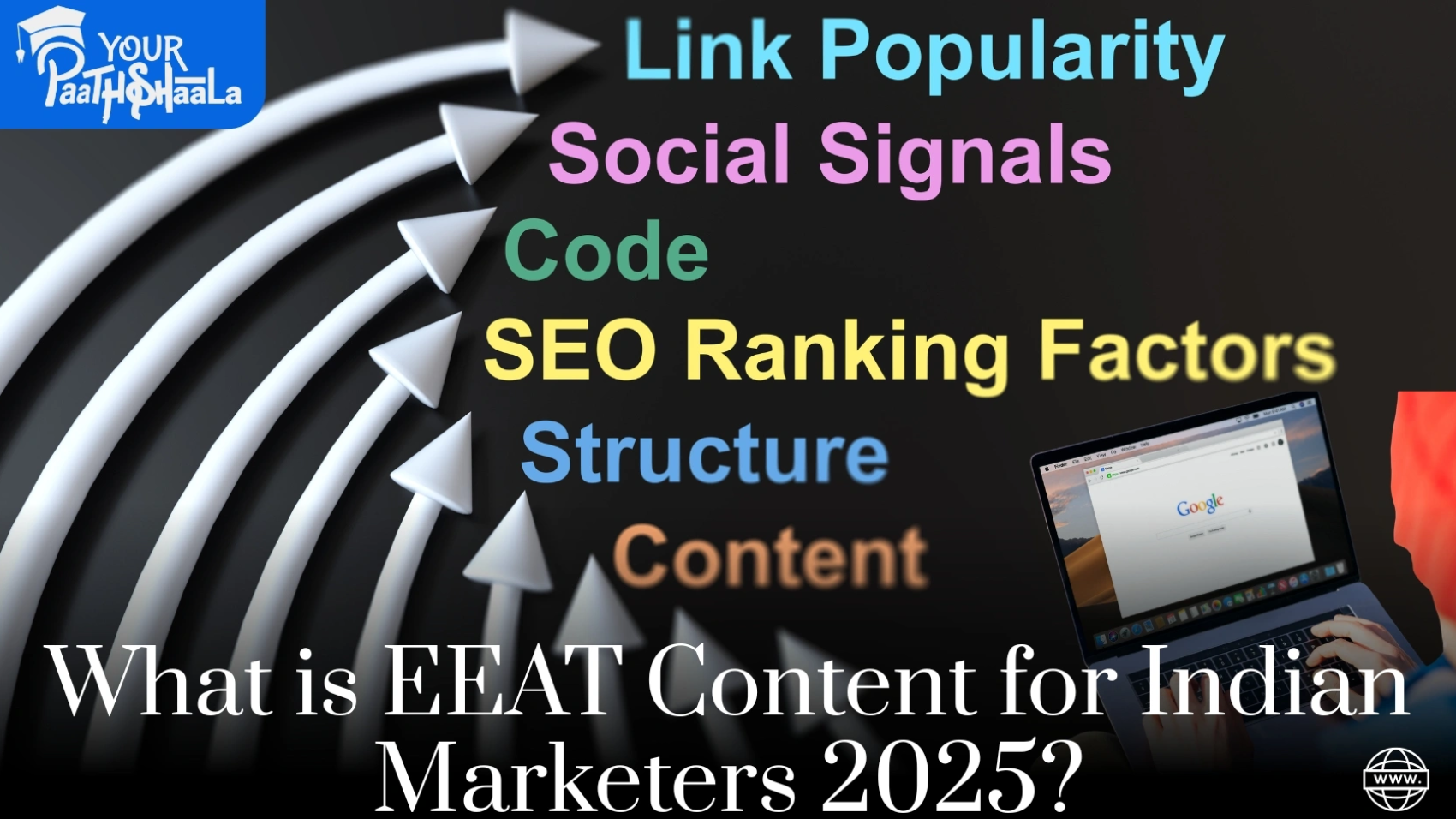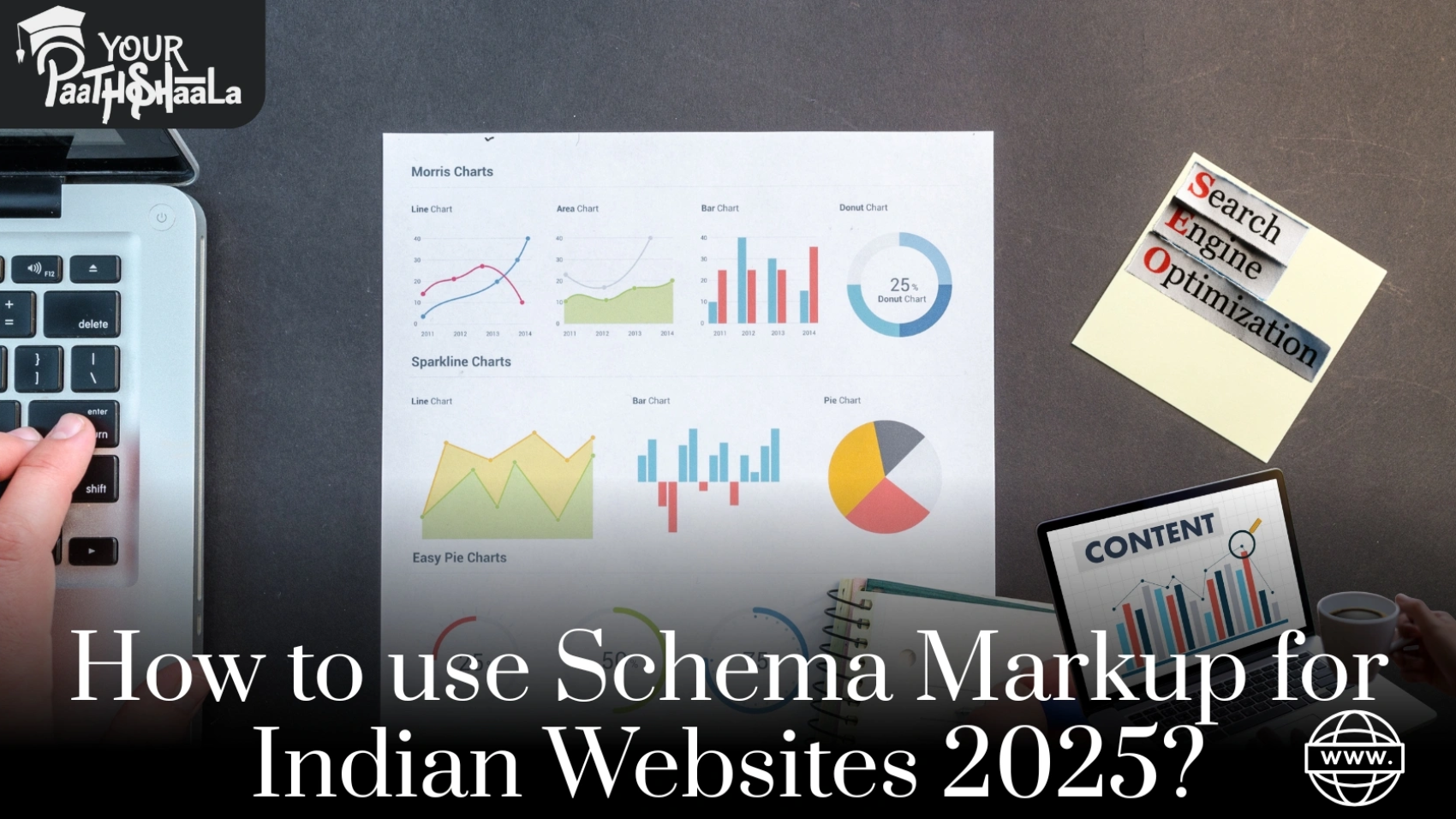Picture a Mumbai startup churning out a week’s worth of social media posts, blogs, and ad copy in hours, not days, all while keeping costs low. In 2025, with 750 million smartphone users driving India’s $188 billion e-commerce market, AI tools for content creation are revolutionizing how Indian marketers work. With 77% of India’s web traffic on mobile and 44.4% of businesses using AI for content, per Analytics Vidhya, these tools streamline workflows, boost creativity, and enhance SEO for India’s diverse audience.
Fortunately, using AI tools is beginner-friendly and budget-friendly, enabling small businesses to compete with big brands. By automating repetitive tasks and personalizing content, you can save time and reach millions. This guide explores how to use AI tools for faster content creation in India in 2025, offering practical steps, India-specific tips, real-world examples, and future trends. Whether you’re a Bengaluru entrepreneur or a Chennai blogger, let’s supercharge your content. Ready to create smarter? Let’s dive in!
What Are AI Tools for Content Creation?
AI tools for content creation use artificial intelligence, including natural language processing (NLP) and machine learning, to generate, optimize, and repurpose content like blogs, social media posts, images, and videos. In India, where 40% of searches use regional languages like Hindi and Tamil, AI tools help create localized, high-quality content at scale. For example, a Delhi retailer used Jasper.ai to draft a “Diwali Gift Guide” in Hindi, saving 10 hours weekly, per Copy.ai.
These tools automate tasks like keyword research, writing drafts, and image creation, making content production faster and cheaper. With 58% of marketers reporting improved performance using AI, per Copy.ai, they’re essential for staying competitive in India’s digital market.
Why AI Tools Matter for Indian Marketers
In 2025, AI tools are game-changers for Indian content creators. Here’s why:
- Increased Efficiency: AI cuts content creation time by 70%, per Jasper.ai.
- Cost Savings: AI tools reduce outsourcing costs, with articles costing as low as ₹100 vs. ₹12,000 for freelancers, per GetBlend.
- Mobile-First Reach: Optimized content for 77% mobile traffic ranks higher, per Statista.
- Localized Content: AI supports Hindi and Tamil, boosting engagement by 20%, per BloggingQnA.
- Scalable Personalization: AI tailors content for India’s $188 billion e-commerce market, per IndiaCSR.
For instance, a Hyderabad startup used Copy.ai to create 50 social posts in an hour, driving ₹40,000 in sales. AI tools, therefore, fuel faster, affordable growth.
Step-by-Step Guide to Using AI Tools for Content Creation
Follow these beginner-friendly steps to leverage AI tools for faster content creation in India in 2025. Each step is tailored to India’s mobile-first, diverse market.
Step 1: Choose the Right AI Tools
First, select AI tools that suit your needs and budget, focusing on India-specific features.
- Writing Tools: Jasper.ai or Rytr generate blogs and social posts, with Rytr’s free plan offering 10,000 characters monthly, per Jaro Education.
- Image/Video Tools: Canva’s AI or Synthesia create visuals and videos, ideal for Instagram Reels, per ClickUp.
- SEO Tools: Clearscope optimizes keywords like “best smartphones India 2025,” per Jaro Education.
- Social Media Tools: Predis.ai crafts posts with Hindi hashtags, per Buffer.
For example, a Jaipur boutique used Canva’s AI to design “Rajasthani Kurta Ads,” saving ₹5,000 on designers. Choose tools that align with your niche and audience.
Tool: Rytr (free plan) for budget-friendly writing.
Step 2: Research Indian Audience Needs
Next, understand what Indian searchers want to create relevant content quickly.
- Use Keyword Tools: Google Keyword Planner finds terms like “Holi gift ideas 2025,” per Search Engine Journal.
- Analyze Trends: Google Trends highlights seasonal queries, like “Rakhi sales India,” per IndiaCSR.
- Localize Content: Target Hindi or Tamil phrases, like “Diwali ke liye gifts,” for 40% of voice searches, per BloggingQnA.
- Study Competitors: AI tools like Predis.ai analyze competitors’ top posts, per Buffer.
For instance, a Chennai restaurant used Predis.ai to identify “South Indian recipes” as a trending topic, creating a blog that ranked in Google’s top 10. Research ensures your AI content resonates.
Tool: Google Trends (free) for India-specific insights.
Step 3: Generate Content with AI
Then, use AI to create drafts, visuals, or videos, saving hours of manual work.
- Write Blogs: Input prompts like “Write a 500-word blog on sustainable fashion in India” into Jasper.ai for instant drafts, per Jasper.ai.
- Create Social Posts: Use Copy.ai to generate Instagram captions, like “Celebrate Diwali with eco-friendly gifts! ✨ #IndiaSEO,” per Copy.ai.
- Design Visuals: Canva’s AI creates infographics, like “Top 5 Mumbai Cafes,” in minutes, per ClickUp.
- Produce Videos: Synthesia generates Reels, like a Kolkata brand’s “Bengali Sweets Tutorial,” per ClickUp.
For example, a Kochi startup used Rytr to draft a “Kerala Travel Guide” in Malayalam, gaining 15,000 views. AI tools streamline content creation.
Tool: Canva (free) for visuals; Rytr for text.
Step 4: Optimize for SEO and E-E-A-T
Moreover, ensure AI content ranks high and builds trust, aligning with Google’s E-E-A-T (Experience, Expertise, Authoritativeness, Trustworthiness) guidelines.
- Add Keywords: Include terms like “AI tools for content creation India 2025” in titles and intros, per Search Engine Journal.
- Enhance E-E-A-T: Add author bios, like a Delhi marketer’s LinkedIn profile, per Google.
- Use Schema Markup: Apply Article schema for blogs to boost rich snippets, per Moz.
- Optimize for Voice Search: Include FAQs, like “What are the best AI tools in India?” for 40% of voice searches, per BloggingQnA.
For instance, a Pune blog on “AI for Small Businesses” with schema and FAQs ranked in Google’s snippets, driving 10,000 visitors. Optimization ensures discoverability.
Tool: Yoast SEO (free) for WordPress optimization.
Step 5: Personalize and Localize Content
Next, tailor AI-generated content to India’s diverse audience for higher engagement.
- Use Regional Languages: Translate posts into Hindi or Tamil using ChatGPT, per Jaro Education.
- Incorporate Culture: Reference festivals like “Diwali 2025” or “Pongal gift ideas,” per IndiaCSR.
- Add UPI CTAs: Include “Pay via UPI” for e-commerce, boosting conversions, per WebEngage.
- Personalize with AI: Use Copy.ai to create audience-specific posts, like “Tech Gifts for Bengaluru Youth,” per Copy.ai.
For example, a Surat salon used Predis.ai to create Hindi Instagram posts, gaining 5,000 followers. Localized content drives trust and clicks.
Tool: ChatGPT (free) for translations.
Step 6: Repurpose Content Across Platforms
Furthermore, maximize reach by repurposing AI content for multiple channels, saving time.
- Turn Blogs into Posts: Convert a “Rakhi Gift Guide” into Instagram carousels, per StoryChief.
- Create Reels from Text: Use Synthesia to turn blog snippets into YouTube Shorts, per ClickUp.
- Share on WhatsApp: Post links in regional groups, like a Mumbai startup did, earning 3,000 clicks, per Sprout Social.
- Schedule Content: Use Buffer to automate posts across X and Instagram, per Buffer.
For instance, a Hyderabad blog on “Eco-Friendly Startups” was repurposed into 10 Instagram posts, hitting 1 million views. Repurposing scales content affordably.
Tool: Buffer (free plan) for scheduling.
Step 7: Monitor and Refine Content
Finally, track performance and refine AI content to stay competitive in India’s market.
- Use Analytics: Google Analytics tracks traffic and engagement, per Google.
- Monitor Keywords: Clearscope suggests keyword tweaks, like “best AI tools India,” per Jaro Education.
- Gather Feedback: Respond to comments on X or Instagram to boost engagement by 10%, per Sprout Social.
- Update Content: Refresh posts with 2025 trends, like “AI for Diwali Marketing,” per IndiaCSR.
For example, a Chennai travel blog used analytics to tweak its “Kerala Itineraries,” gaining 5,000 more views. Monitoring ensures long-term success.
Tool: Google Analytics (free) for performance tracking.
Challenges and Solutions
Using AI tools in India has hurdles, but these solutions help:
- Lack of Originality: AI content can feel repetitive. Solution: Edit drafts with human creativity, per GetBlend.
- Cultural Missteps: Generic content misses local appeal. Solution: Localize with Hindi or Tamil, per BloggingQnA.
- SEO Errors: AI may miss E-E-A-T. Solution: Add bios and schema, per Google.
- Budget Constraints: Paid tools can be costly. Solution: Use free plans like Rytr or Canva, per Jaro Education.
For instance, Hindi content boosts engagement by 20%, per BloggingQnA. Strategic editing overcomes AI limitations.
Future Trends for AI Content Creation in 2025
Looking ahead, AI content trends for Indian marketers include:
- AI-Driven Personalization: Tools like Copy.ai hyper-personalize content, per Copy.ai.
- Voice Search Optimization: FAQs for 40% of voice searches, per BloggingQnA.
- Hyper-Local Content: Blogs for Tier-II cities like Lucknow, per IndiaCSR.
- Video Content: AI-generated Reels boost engagement by 25%, per Nestify.
- Ethical AI: Fact-checking ensures trust, per BestColleges India Today.
By 2027, 70% of Indian businesses will use AI content tools, per Forbes. Staying ahead keeps you competitive.
Getting Started with AI Content Creation
Ready to use AI tools for faster content creation in India? Here’s a quick recap:
- Choose AI Tools: Pick Rytr, Canva, or Predis.ai for budget-friendly options.
- Research Audience Needs: Target local keywords and trends.
- Generate Content: Create blogs, posts, or videos with AI.
- Optimize for SEO/E-E-A-T: Add keywords, schema, and bios.
- Personalize and Localize: Use regional languages and cultural references.
- Repurpose Content: Share across Instagram, X, and WhatsApp.
- Monitor and Refine: Track performance and update content.
For example, a Kochi startup used Canva and Rytr to create a “Sustainable Seafood Campaign” in Malayalam, earning ₹60,000 in sales. Start small, create fast!
Tip: Use Hostinger’s ₹134/month hosting with WordPress and Yoast for easy content setup, per your July 18, 2025 hosting interest. Disclosure: This post contains affiliate links; we may earn a commission from Hostinger.
Conclusion
In 2025, AI tools for content creation empower Indian marketers to reach 750 million smartphone users and tap into a $188 billion e-commerce market. By automating tasks, optimizing for SEO, and localizing content, you can cut creation time by 70% and boost engagement by 20%, per Jasper.ai and BloggingQnA. Challenges like originality and cultural relevance are manageable with human editing and free tools. With AI-driven personalization, voice search, and video trends shaping the future, now’s the time to act. Start using AI tools today and make your content shine on Google.in. What’s your AI content plan for 2025? Share below and let’s create smarter! At Bestdigitalmarketingcourseinraipur you will learn a lot about digtital marketing and related topics.












